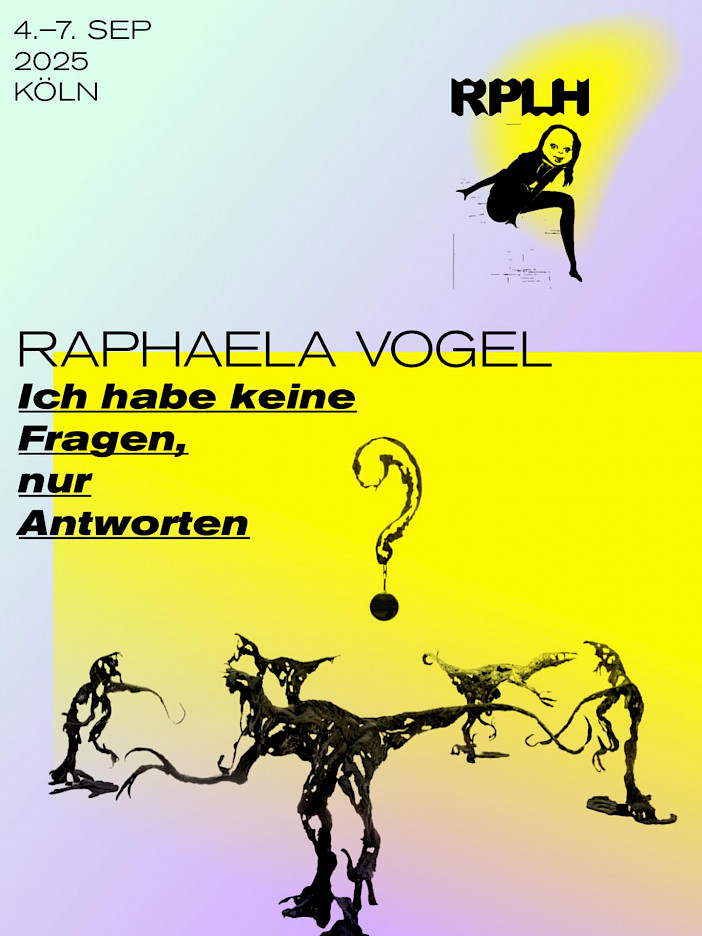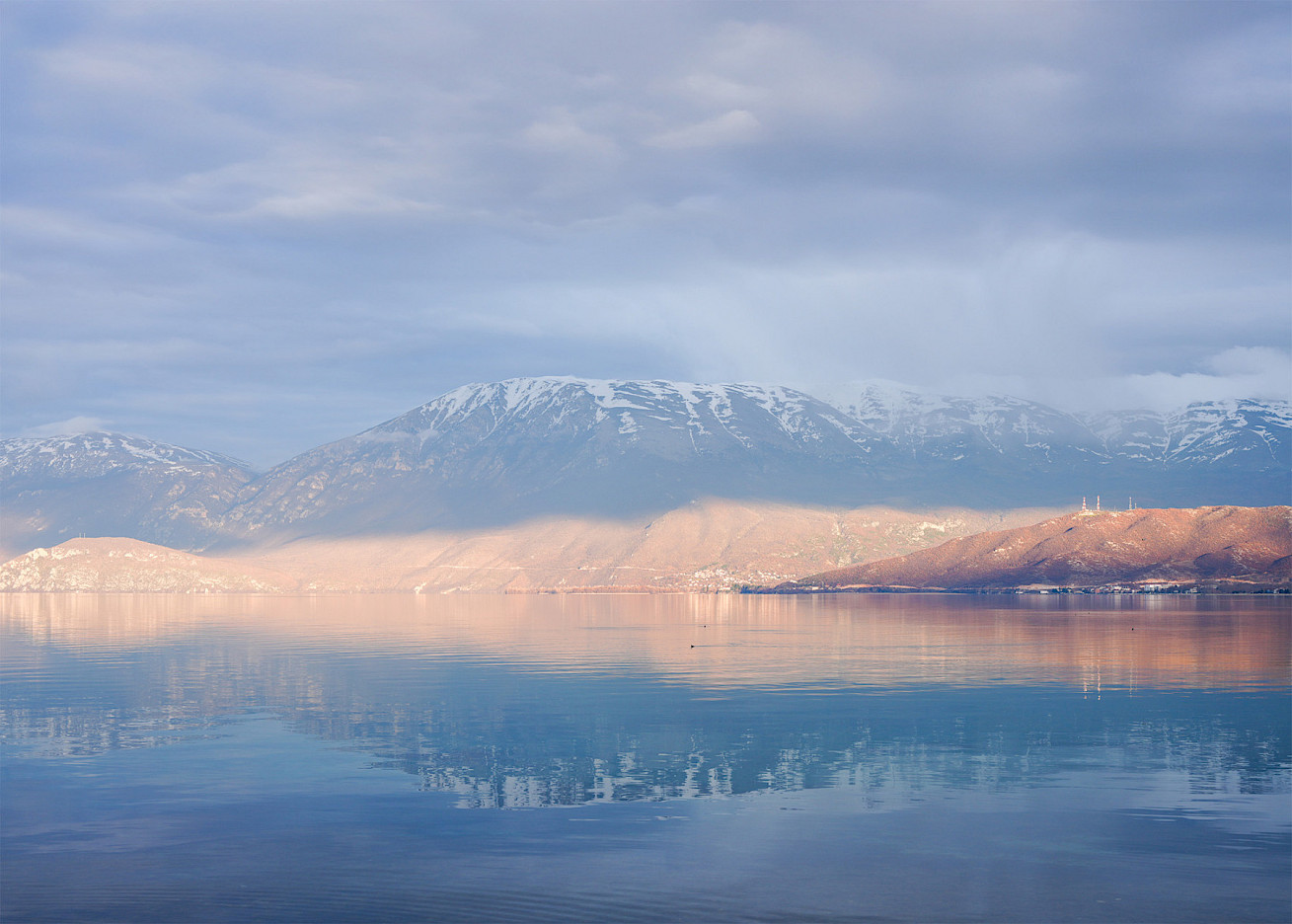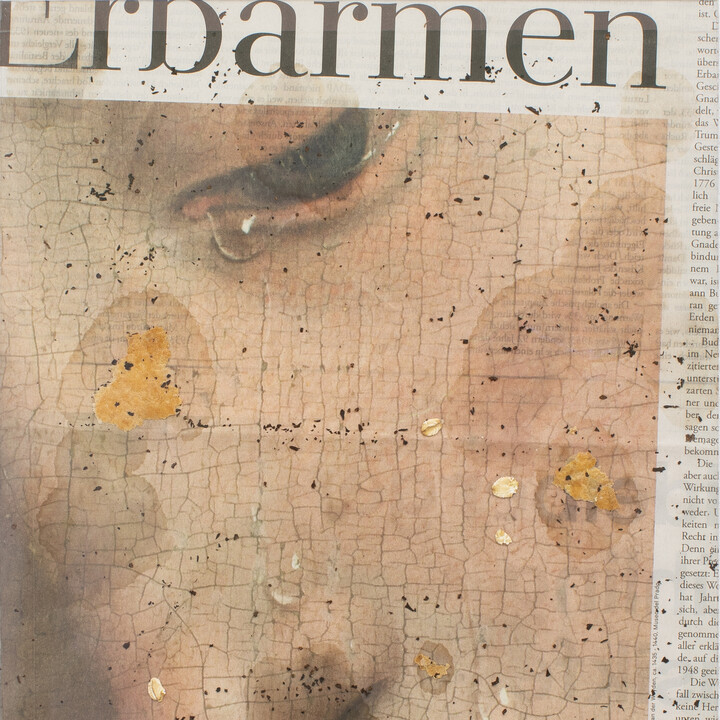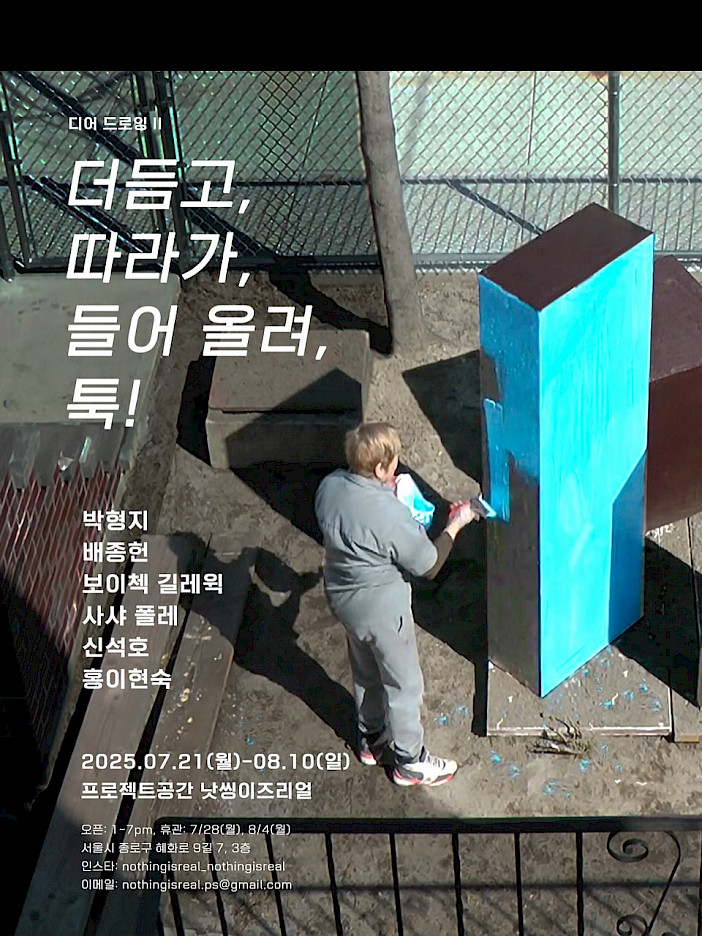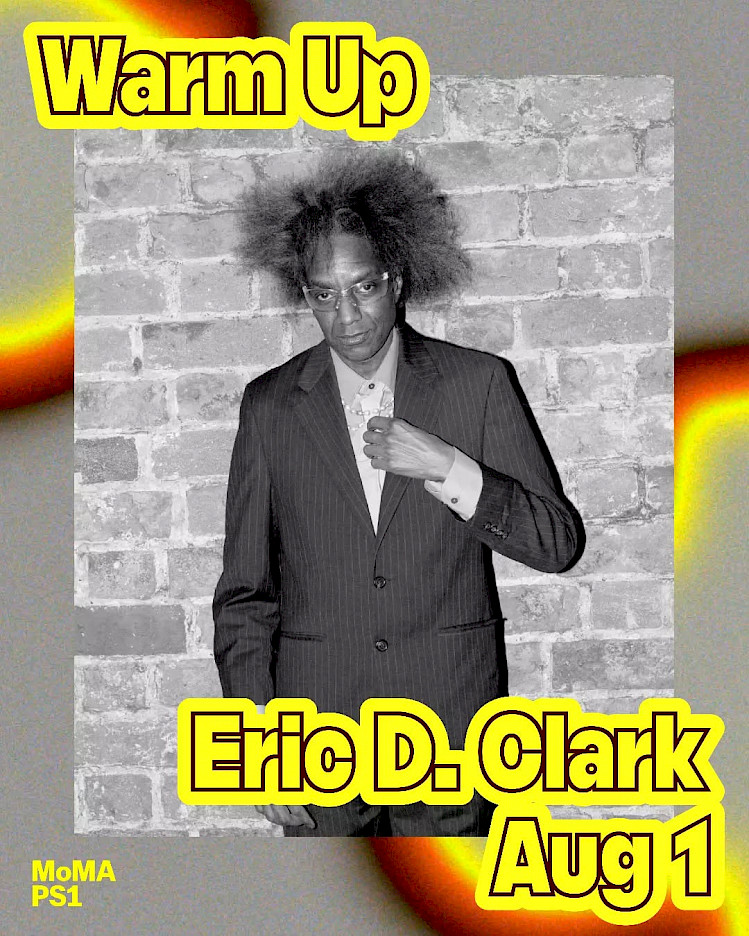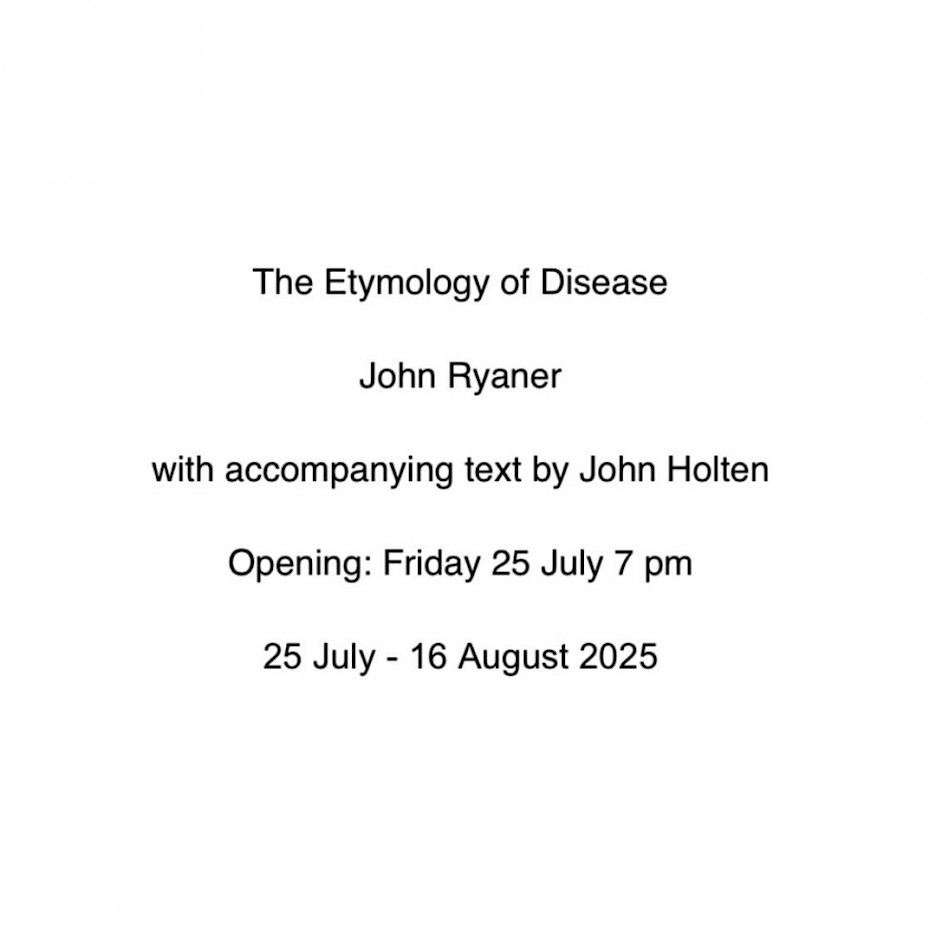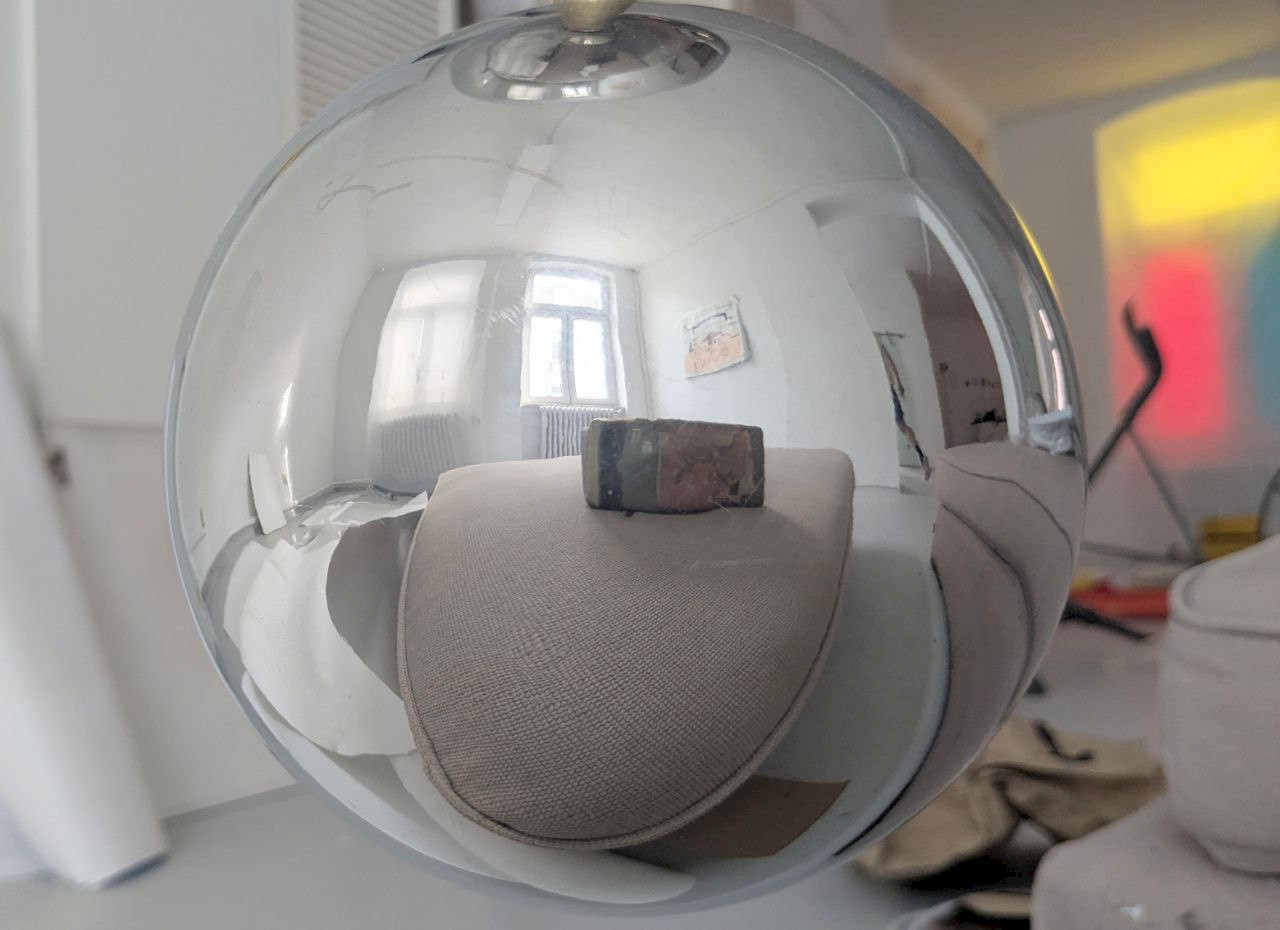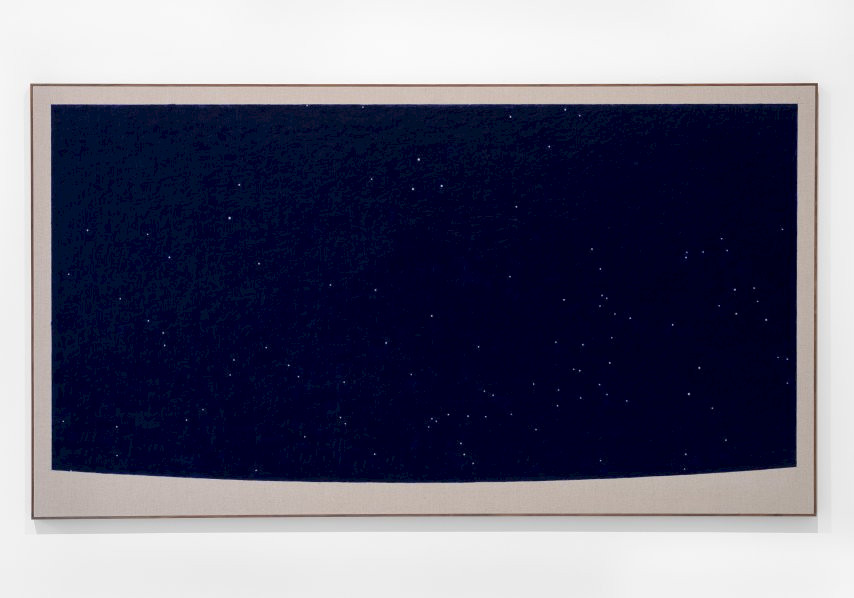Berlin , January 28, 2022 - March 12, 2022
Artist Talk: Paul Fägerskiöld and Liberty Adrien (Co-Curator Portikus Frankfurt)
Saturday, March 5, 6 pm
The stars, like the sun and the moon, have long been considered fixed Archimedean points from which to orientate ourselves, probably since the very beginning of humanity. They appear as unchangeable objects from which to calculate distances and time and seem to give meaning to the world. Astronomical calculations of the night sky are the point of departure for Paul Fägerskiöld’s series of paintings “Starry Night”. The works in the exhibition deal with the year 2100, and Fägerskiöld has used recent software of the same name to generate views of how the night sky will appear as observed from selected locations on the planet in exactly 78 years’ time.
A large oil painting with concave horizons shows a view of the night sky as seen from Berlin in the year 2100. Another the sky over Venice, where giants of art history such as Tintoretto, Titian, or Canaletto created their own depictions of the same sky. The almost indigo painting “Mount Everest. View south. January 1 2100” shows a view over some of the world’s largest glaciers feeding the numerous rivers of the densely populated Indo-Gangetic plains. Other views beyond our possible experience are seen from Minsk, the Maldives, Murmansk and from the top of a pyramid in Tikal, Guatemala.
As painterly renditions of computed images of future skies, Fägerskiöld’s works are grounded in the tradition of painting with all its subjectivity, media specificity, metaphors and references, and reflect the challenge of landscape painting in the Anthropocene. Myriads of small bright spots on a deep, dark ground appear as a night sky seen from afar. But the image dissolves when we get closer, revealing a rich surface of impasto brush strokes culminating in a dynamic, wavy pattern. The stars reveal themselves to be omissions in the paint, tiny specks of raw canvas flashing up in the surface of oil paint. Pencil marks and colorful layers of paint become visible in the voids and, like geological strata, say something about the construction of the painting.
Fägerskiöld’s paintings bridge the gap between the conceptual rigor of On Kawara’s reflection on time in his “Date Paintings” and the expressiveness of the painted surface of Van Gogh’s own iconic “Starry Night”. But the highly physical surfaces and commanding scales of Alfred Jensen’s cosmological diagram paintings are perhaps even closer to Fägerskiöld’s approach. The tension between the sensuous and the cerebral in Fägerskiöld’s works is productive and somewhat reminiscent of the fascinating gap in Jensen's art between the matter-of-fact physicality of the means used and the speculative ethereality of the end result.
Fägerskiöld’s starry skies create a productive tension between the certainty of the subject matter—the precise mathematical calculation of the future position of the stars—and the sheer reality of the painting. Trying to make sense of the work necessitates an embodied perceptual experience, and casts our gaze back to the here and now. Visions of the future, like Stanley Kubrick’s painstakingly researched science fiction film 2001: A Space Odyssey, largely fail in anticipating the collective future, more than anything addressing various beliefs and views of reality from the time of their making. Fägerskiöld’s materially rich abstractions of our near future starry skies seem to reflect this. Suspending narration for the sake of abstraction and encounter, they trigger our primordial instinct to seek out meaning and catch viewers exploring their own speculations about the future.
With the works presented here Fägerskiöld continues his ongoing project of starry night paintings that glimpse into the near future: The first, “January 1 2100,” was on view at Galleri Nils Stærk in Copenhagen just a few weeks ago. Paul Fägerskiöld is currently working on an artist’s book documenting the project.
Paul Fägerskiöld was born in Stockholm in 1982 where he currently lives and works. In 2013 Moderna Museet, Malmö presented a solo exhibition of Fägerskiöld’s work in connection with the Fredrik Roos Art Grant. Last year a comprehensive solo exhibition “Blue Marble” was on view at Kunstmuseum Thun. In addition, he has had solo exhibitons at Borås Konstmuseum, Borås (2019), Jönköping County Museum and Prince Eugen's Waldermarsudde, Stockholm (both 2018). He has shown in group exhibitions at Bonniers Konsthall (2020 and 2016), me Collectors Room Berlin / Olbricht Foundation, Berlin (2017) and Weserburg, Museum of Modern Art, Bremen, Sven-Harrys Konstmuseum, Stockholm (both 2016) and Frédéric de Goldschmidt Collection, Brussels (2015).
GALERIE NORDENHAKE
Lindenstrasse 34
DE-10969 Berlin
